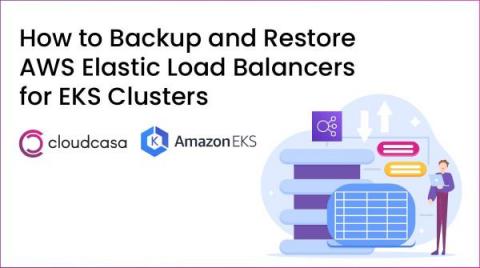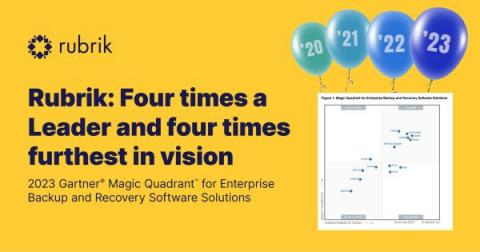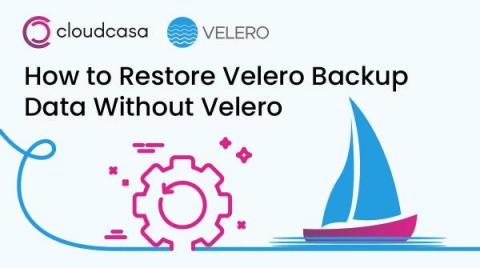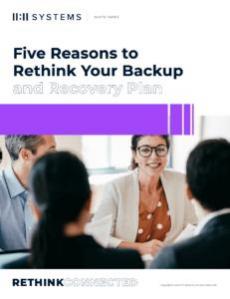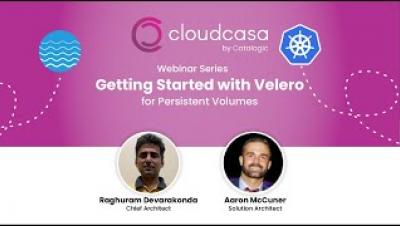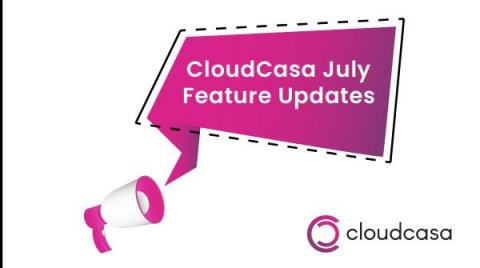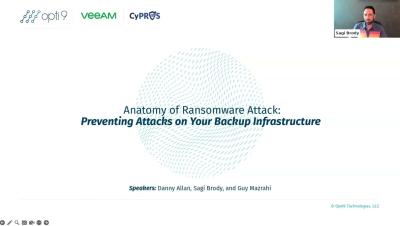Security | Threat Detection | Cyberattacks | DevSecOps | Compliance
Backup
How to Back up and Restore AWS Elastic Load Balancers for EKS Clusters
Load balancers are an integral component of any production environment. They allow the distribution of traffic across multiple available backend servers so that no single server becomes overwhelmed due to traffic. A load balancer can be configured for workloads running on AWS through the Elastic Load Balancer (ELB) service. At a high level, an ELB consists of 3 main components: AWS offers 3 different types of Elastic Load Balancers.
Four Consecutive Years as Both a Leader and Furthest in Vision in the 2023 Gartner Magic Quadrant for Enterprise Backup and Recovery Software Solutions
Rubrik is on a mission to secure the world’s data, and our position as an innovator has been reaffirmed in this 4th consecutive year being a Leader and furthest on Vision in the 2023 Gartner Magic Quadrant for Enterprise Backup and Recovery Solutions. This recognition validates our commitment to helping customers achieve complete cyber resilience.
How to Restore Velero Backup Data Without Velero
Velero is the most popular tool for backing up and restoring Kubernetes cluster resources and persistent volumes. However, there may be situations where you need to restore Velero backup data without using Velero itself. For example, if Velero is not installed and configured correctly, or if more fine-grained restore control is required. In this post, we will explore how to do this when either Restic or Kopia was used by Velero to store the persistent volume (PV) data.
Five Reasons to Rethink Your Backup and Recovery Plan
Getting Started with Persistent Volumes
CloudCasa July Feature Updates
It’s been about three months since the last CloudCasa feature release in April, and we are now approaching the Dog Days of summer. These, as you may know, are named for the heliacal rising of Sirius, the Dog Star, in this sultry season, though the term more often conjures images of dogs lazing in the hot summer sun. We have been doing no summer lazing here at CloudCasa, though! Since our April release, we have focused much of our development effort on performance and reliability improvements.
Anatomy of Ransomware Attack: Preventing Attacks on Your Backup Infrastructure
How to Install Velero for Kubernetes Backups
Velero is an open-source backup and recovery tool designed specifically for Kubernetes clusters. It provides a straightforward way to protect your Kubernetes resources, including persistent volumes, namespaces, and custom resources, by taking backups and restoring them in case of data loss or disaster recovery scenarios. In this blog you will learn the different use cases for Velero and the two ways to install Velero, using the Velero CLI and using a Helm chart.



